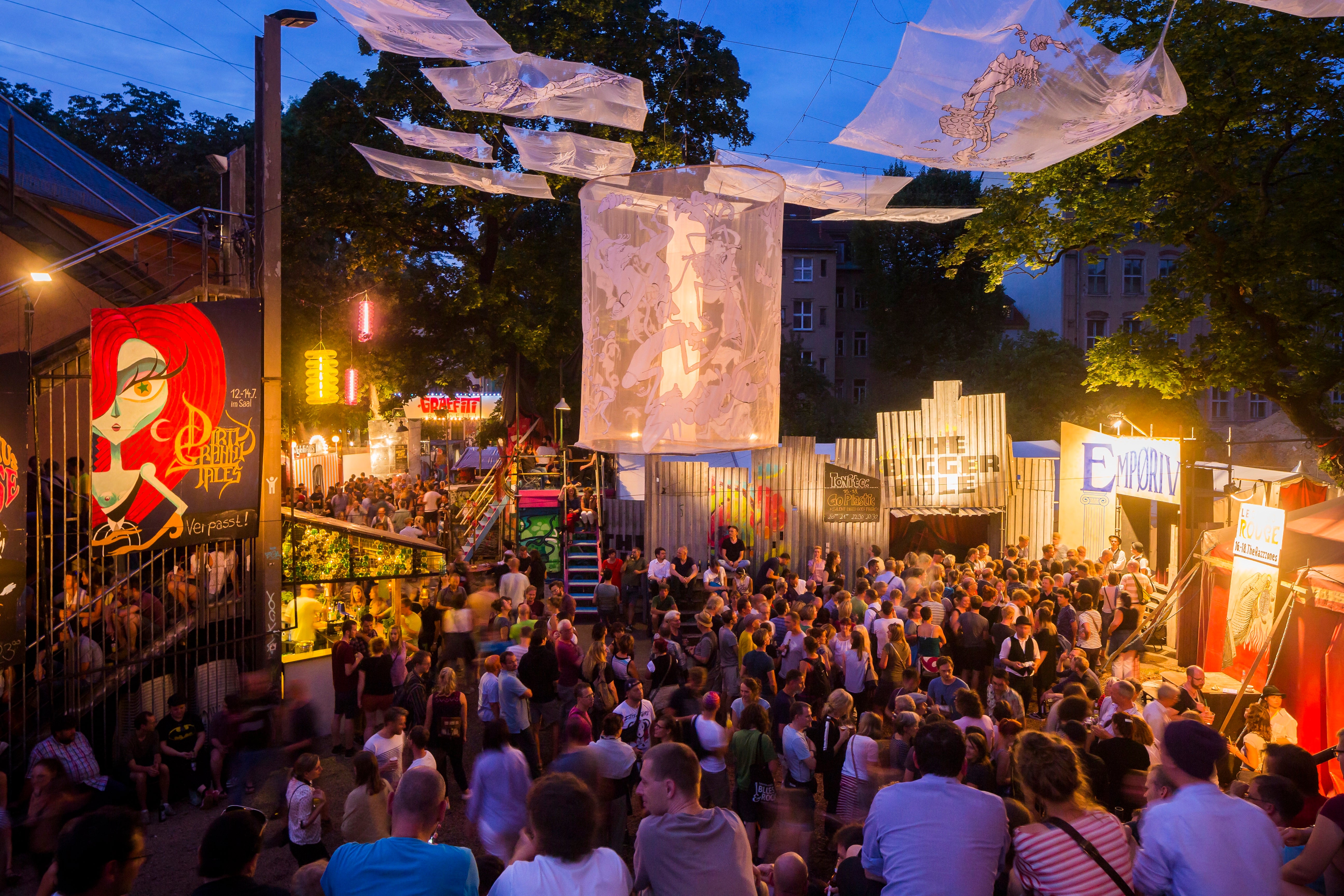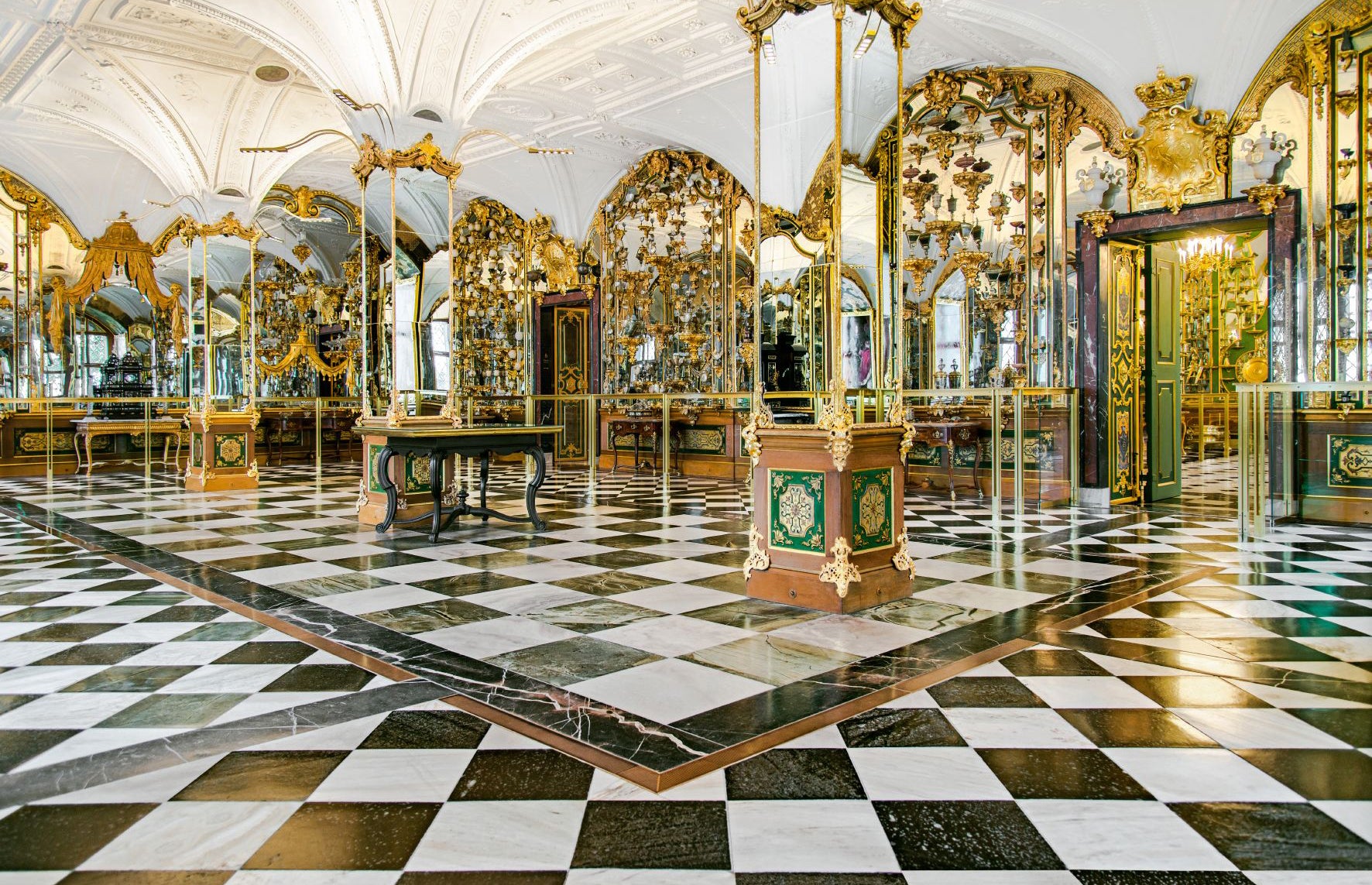Standing on Dresden’s 19th-century Albert Bridge, I gaze across a skyline of Baroque grandeur: domes tiered like wedding cakes, triumphant spires, a gilded angel trumpeting into the morning haze. It’s easy to see why the nephew of Venetian painter Canaletto – also a talented landscape artist, who sneakily shared his uncle’s moniker – loved painting Dresden. The city’s huge Canaletto Festival nods to this and is one of countless events in the lively Saxon capital, which incidentally hosts a Venetian carnival, too.
Dresden is often nicknamed “Florence on the Elbe” for its lavish architecture and riverside setting. I can see why, especially as both cities promise world-class culture, but I can’t help but think that Dresden is actually more impressive considering it was largely destroyed during World War Two. Darkened by sandstone oxidation, many landmarks look old but were actually rebuilt in the last few decades, and the Royal Palace’s reconstruction is still ongoing.
Walking around with this knowledge, I feel great fondness for this eastern German underdog, whose tumultuous history additionally includes being part of the German Democratic Republic. From the buzzy New Town, with its arthouse cinemas and wafts of shisha, to the splendour of the Old Town across the Elbe river, Dresden truly has its mojo back – and it’s a delight to experience.

Read more: These lesser-known Bavaria towns are even better than Munich
What to do
Marvel at the museums

Alongside Baroque architecture, Dresden’s outstanding museums are its top visitor draw. The city’s sprawling Royal Palace boasts Europe’s largest treasure collection (famously the focus of a £98m heist in 2019), while other heavyweights like the Zwinger and Albertinum range from priceless porcelain to works by Romantic landscape painter Caspar David Friedrich. Smaller and offbeat cultural venues abound too, spanning Saxon folk art to puppets.
If you’re planning to visit multiple museums, it’s worth buying one of Dresden’s Welcome Cards; the MuseumsCard, for example, includes 27 museums over two days for…
Click Here to Read the Full Original Article at The Independent Travel…
